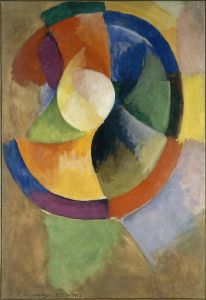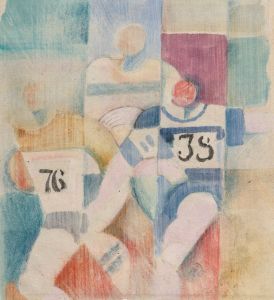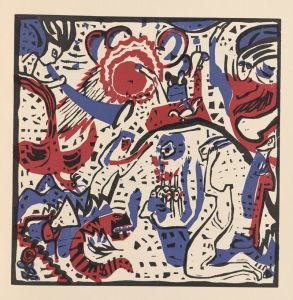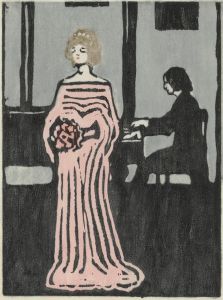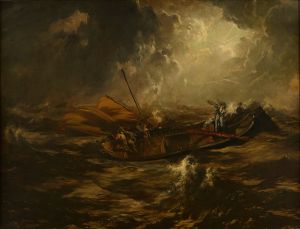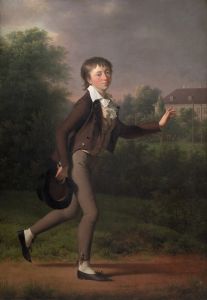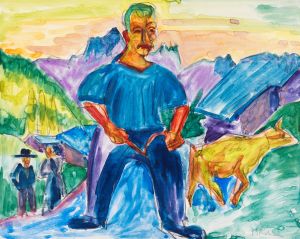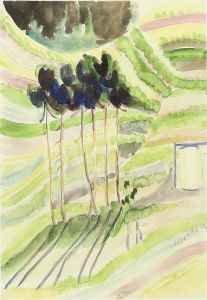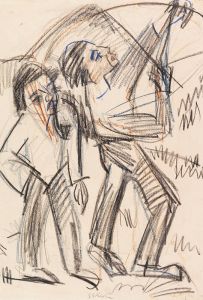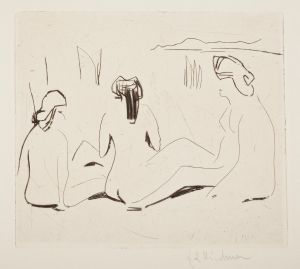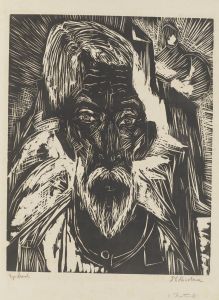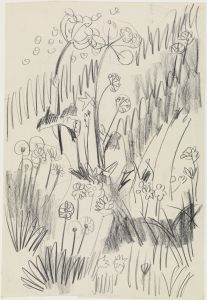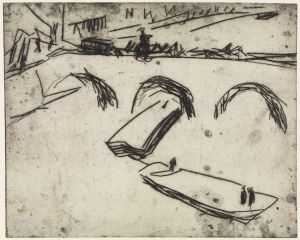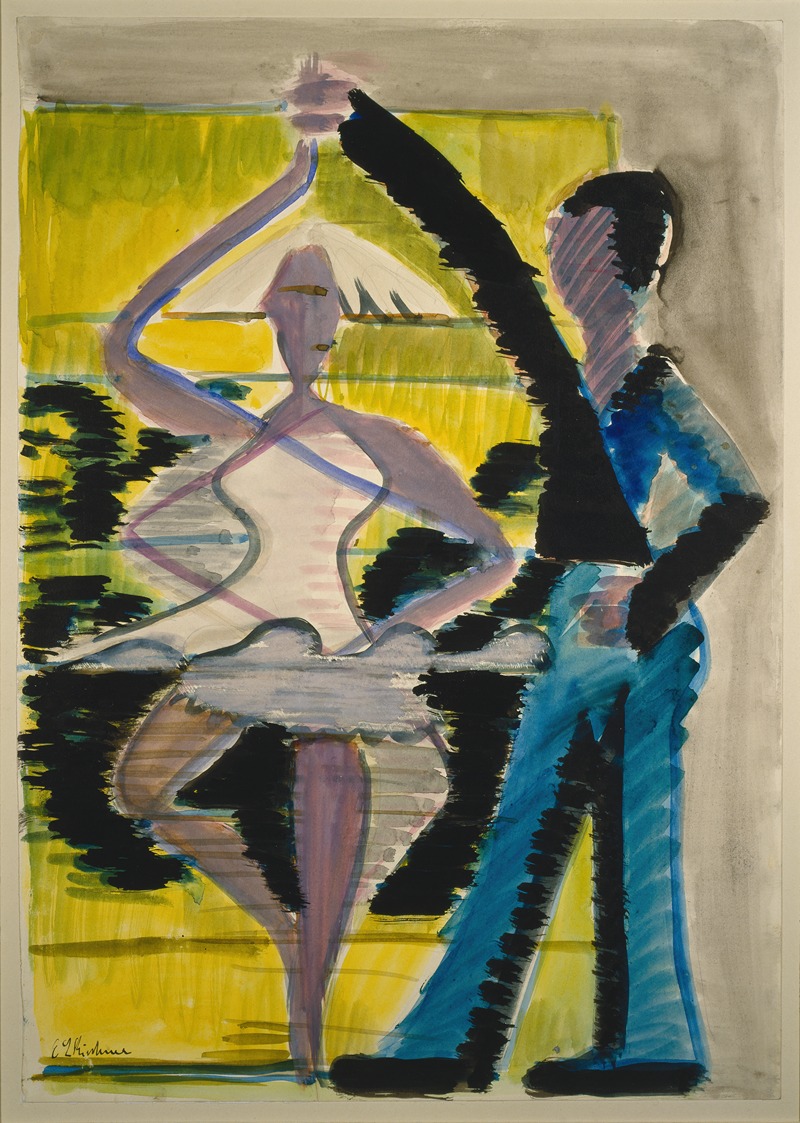
Pirouetting Dancer
A hand-painted replica of Ernst Ludwig Kirchner’s masterpiece Pirouetting Dancer, meticulously crafted by professional artists to capture the true essence of the original. Each piece is created with museum-quality canvas and rare mineral pigments, carefully painted by experienced artists with delicate brushstrokes and rich, layered colors to perfectly recreate the texture of the original artwork. Unlike machine-printed reproductions, this hand-painted version brings the painting to life, infused with the artist’s emotions and skill in every stroke. Whether for personal collection or home decoration, it instantly elevates the artistic atmosphere of any space.
Ernst Ludwig Kirchner's Pirouetting Dancer is a painting created by the German Expressionist artist, who was a founding member of the influential art movement Die Brücke (The Bridge). This movement, established in 1905, sought to break away from traditional academic art and embraced a more modern, emotional, and raw approach to artistic expression. Kirchner's works often reflect the vibrant energy and psychological intensity of the early 20th century, and his depictions of dancers are a recurring theme in his oeuvre.
Pirouetting Dancer exemplifies Kirchner's fascination with movement, rhythm, and the human form. The painting captures a dancer mid-performance, her body twisting in a dynamic pirouette. Kirchner's use of bold, exaggerated lines and vivid, non-naturalistic colors conveys the energy and fluidity of the dancer's motion. The angularity of the figure and the surrounding space is characteristic of Kirchner's style, which often emphasized distortion and abstraction to evoke emotion and intensity.
The subject of dance was a significant motif in Kirchner's work, reflecting his interest in modern urban life and its cultural expressions. During the early 20th century, dance was undergoing a transformation, with new forms such as modern dance and cabaret performances gaining popularity. Kirchner was particularly drawn to these contemporary forms of expression, which he saw as emblematic of the vitality and dynamism of modernity. His depictions of dancers often blur the line between observation and imagination, creating a sense of immediacy and movement.
Kirchner's artistic career was deeply influenced by his experiences in Dresden and Berlin, where he was exposed to the bustling energy of city life. His works from this period often depict scenes of urban modernity, including nightlife, performers, and dancers. The vibrant and expressive style of Pirouetting Dancer aligns with his broader body of work, which frequently explored themes of movement, emotion, and the human experience.
As with many of Kirchner's works, Pirouetting Dancer reflects the artist's innovative approach to composition and color. The painting's dynamic forms and expressive palette demonstrate his commitment to pushing the boundaries of traditional representation. Kirchner's work has had a lasting impact on the development of modern art, and his contributions to the Expressionist movement continue to be celebrated.
Further details about the specific creation date, current location, or provenance of Pirouetting Dancer are not readily available in existing records.





